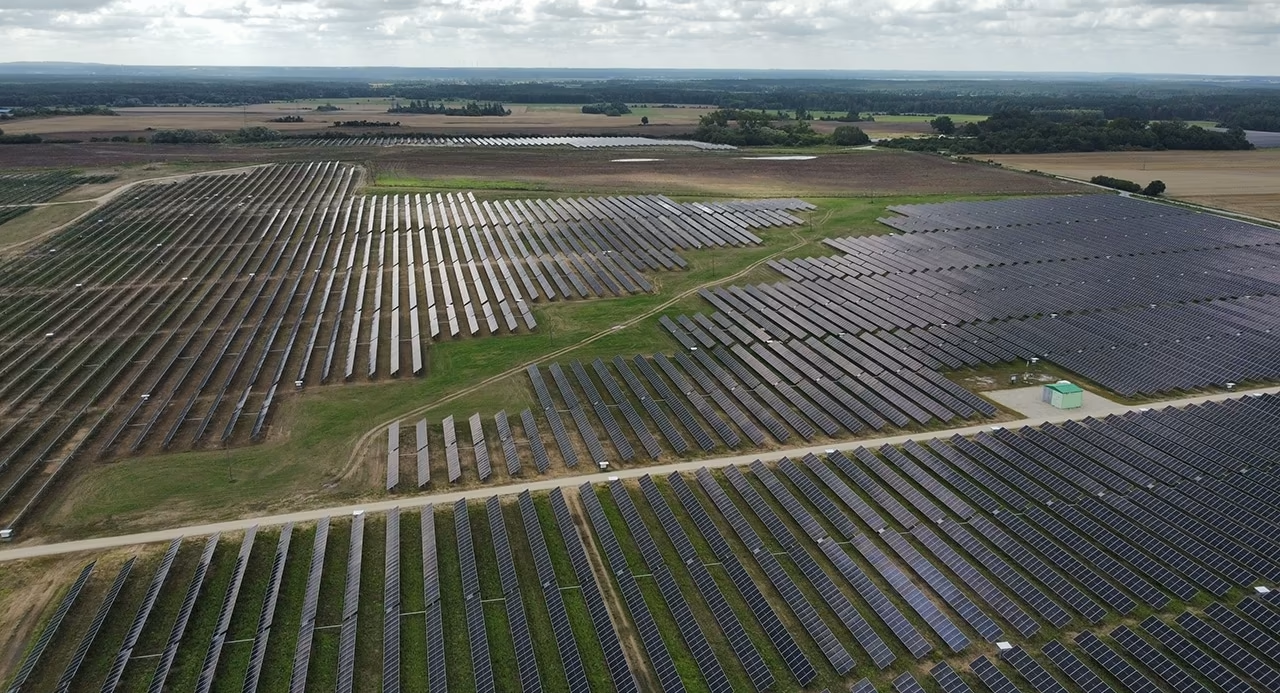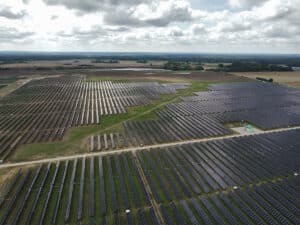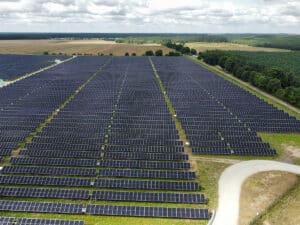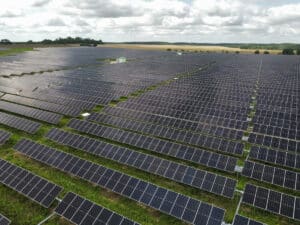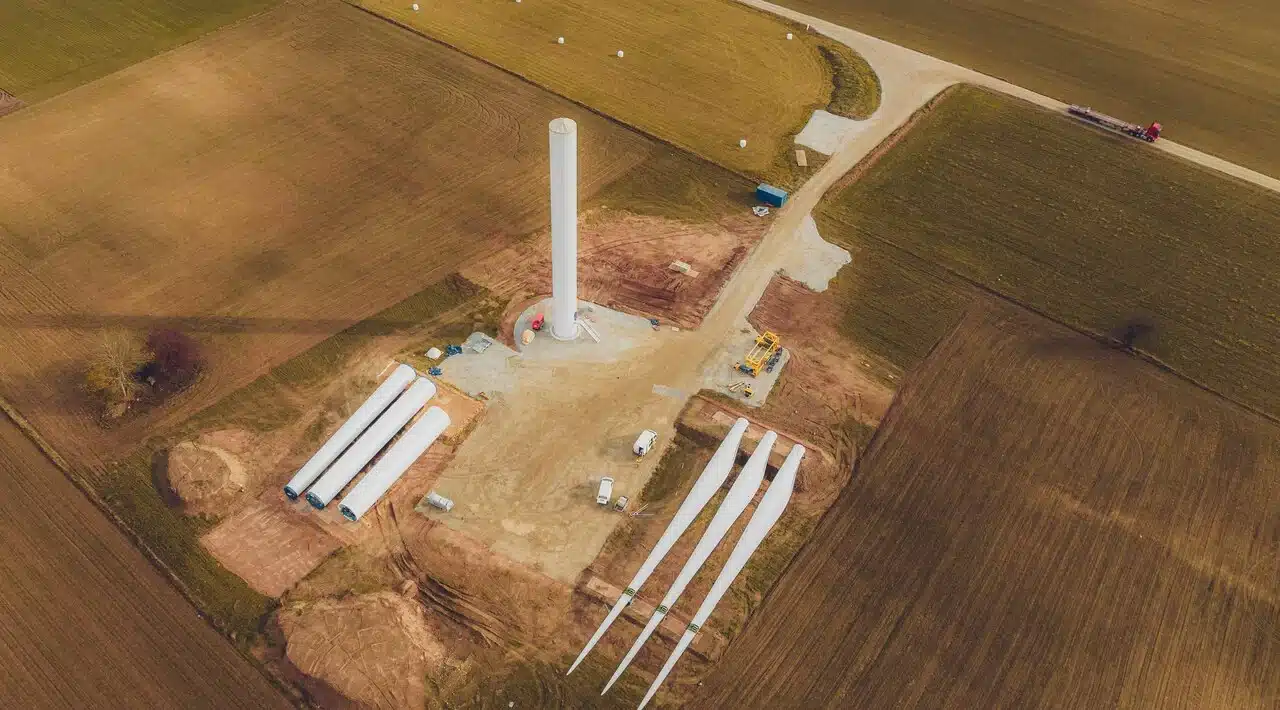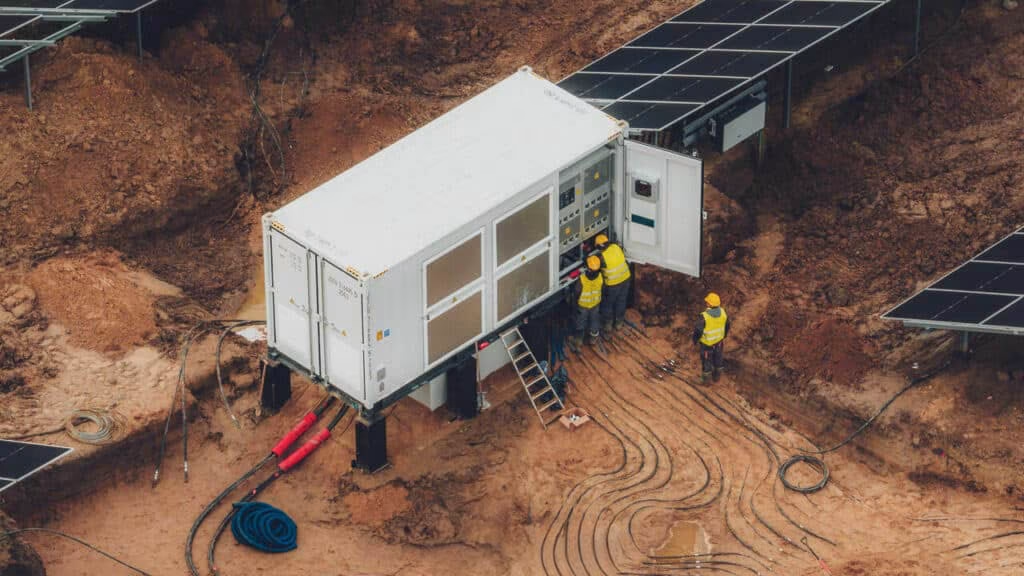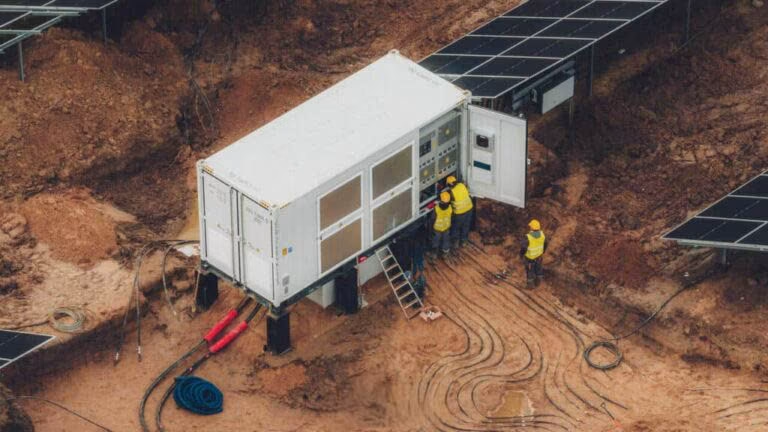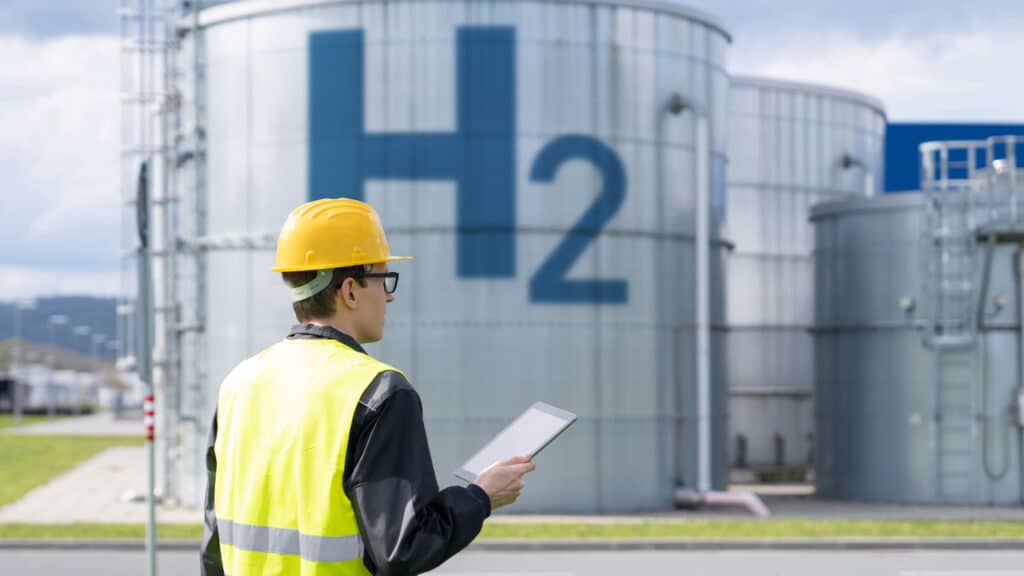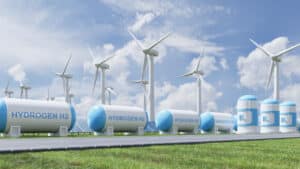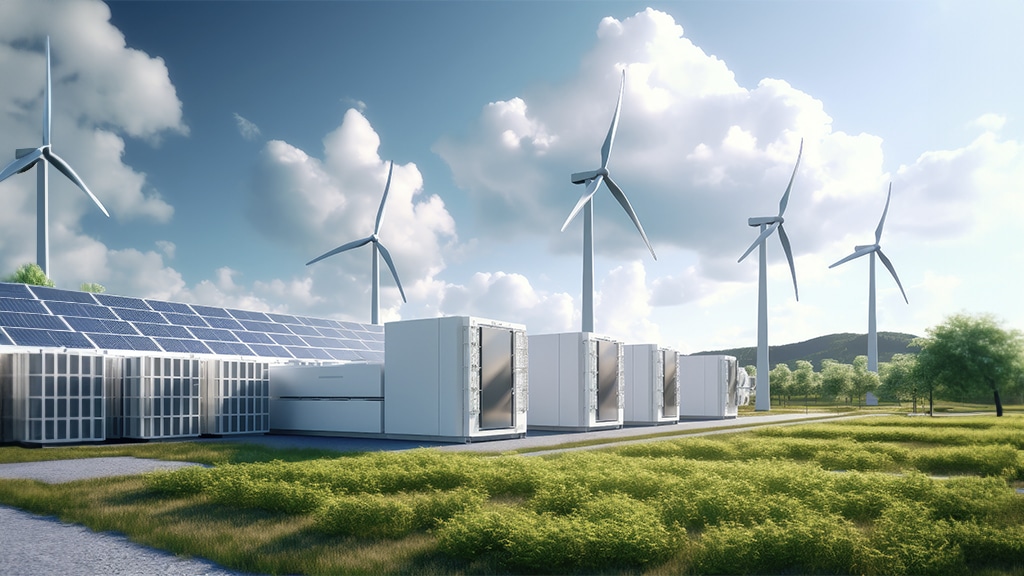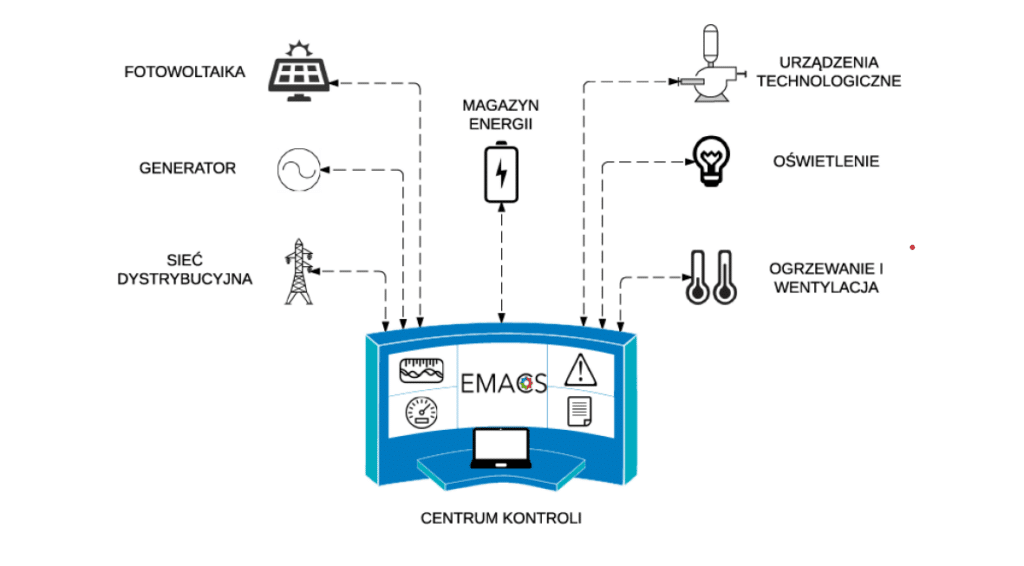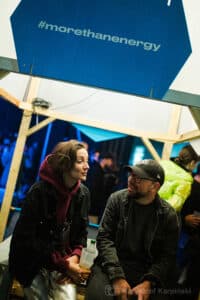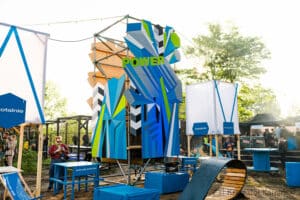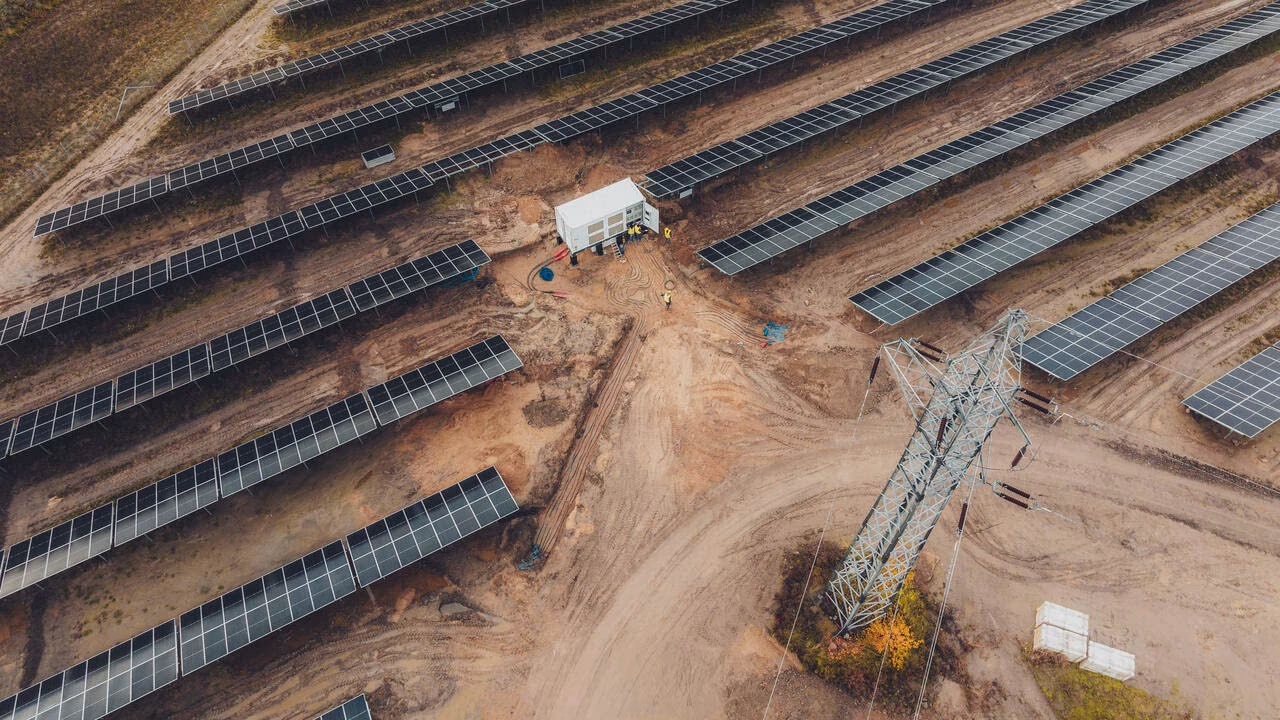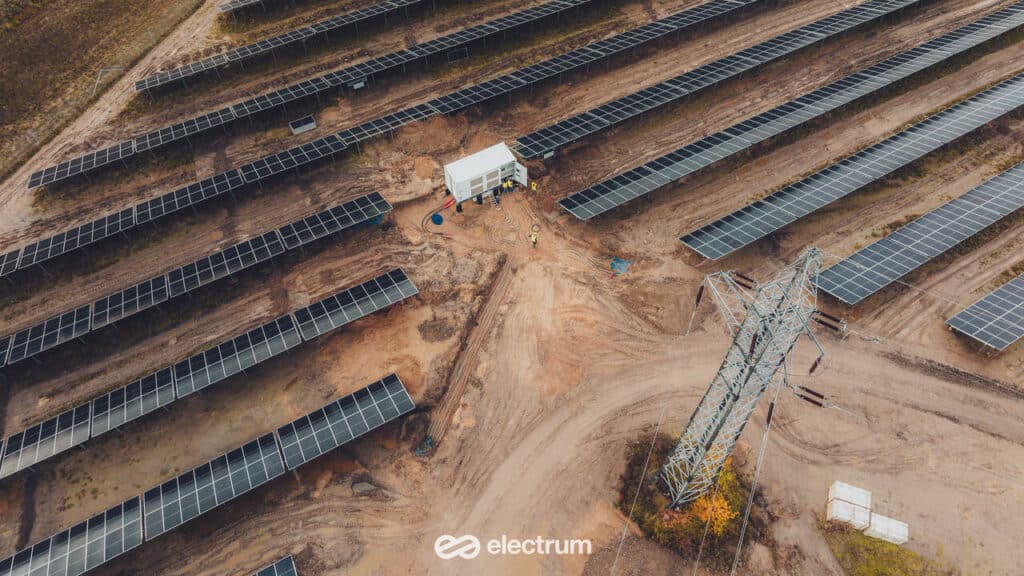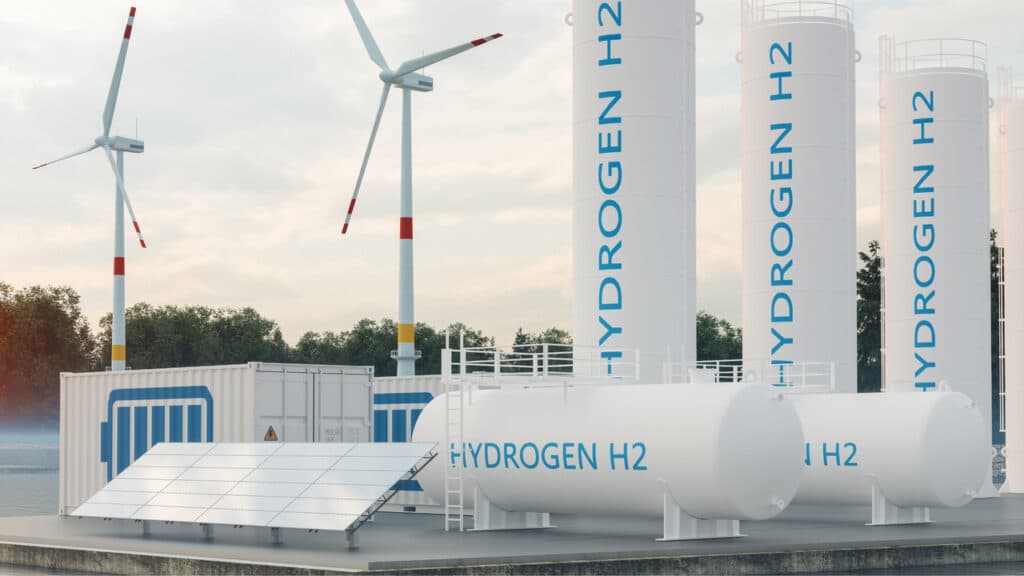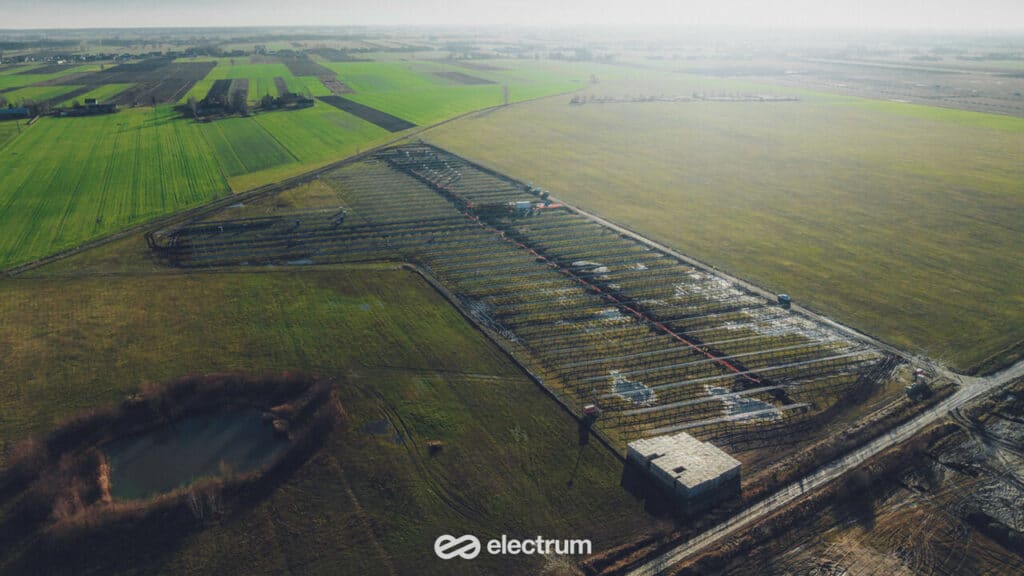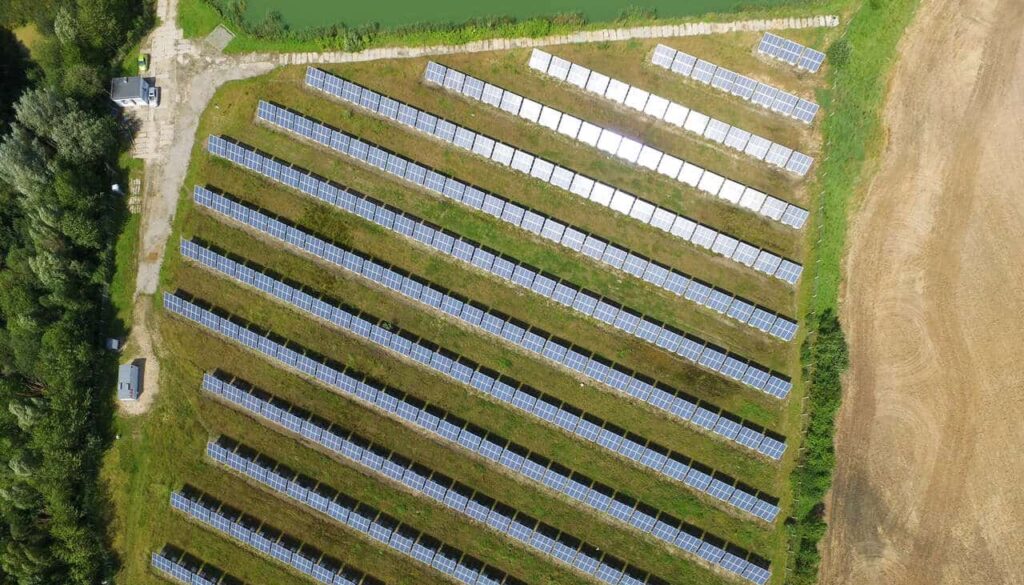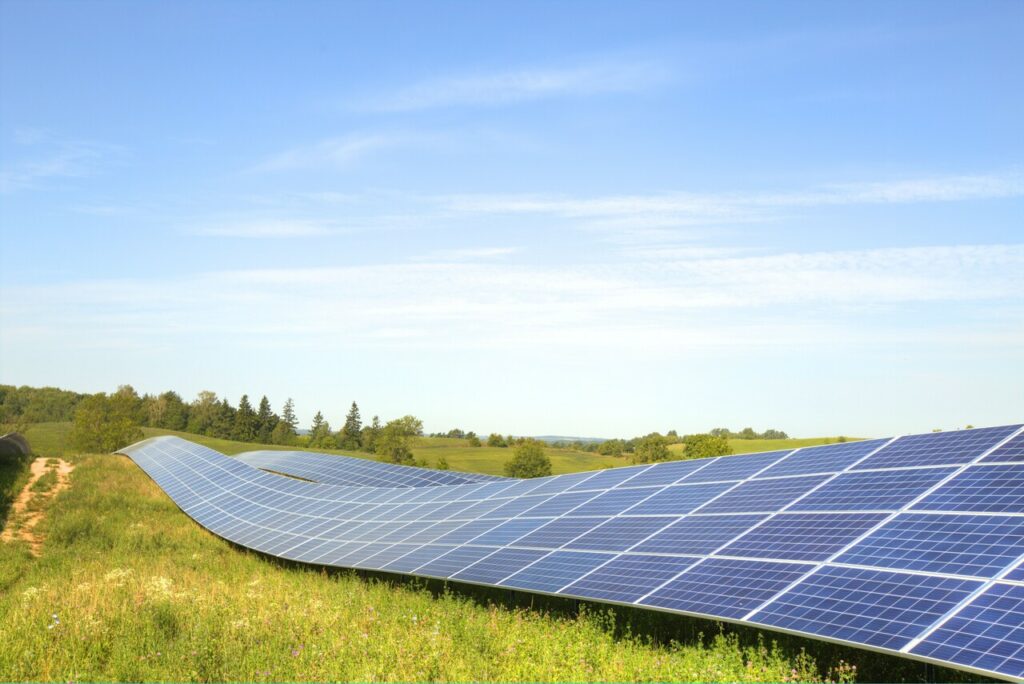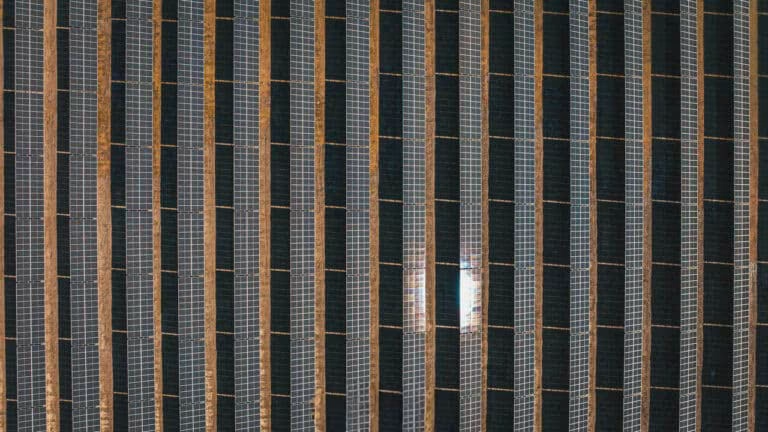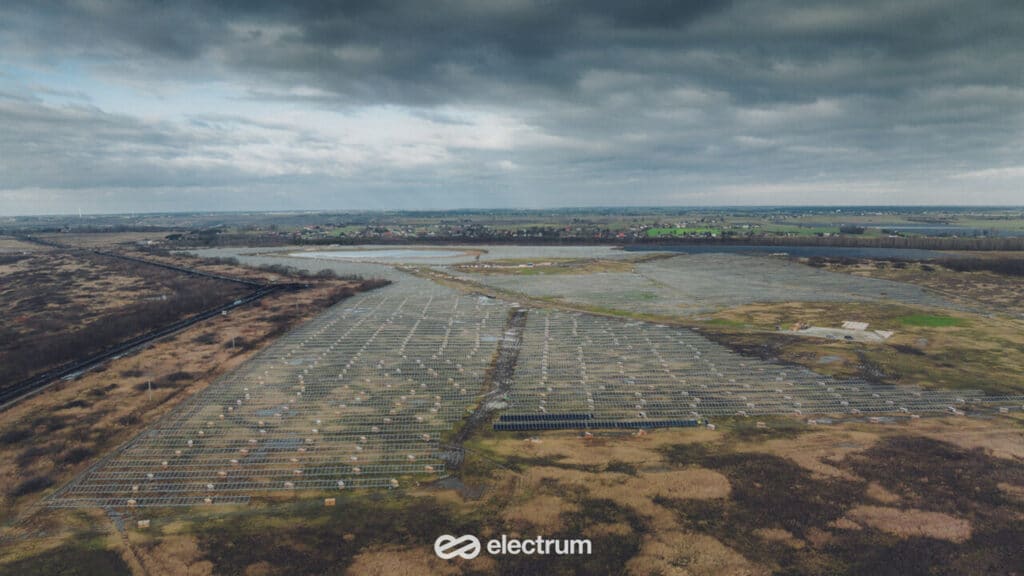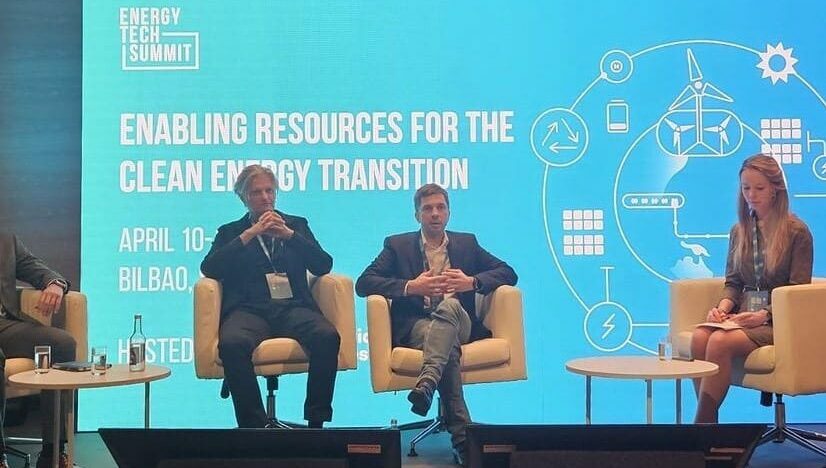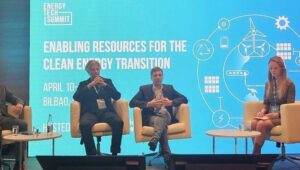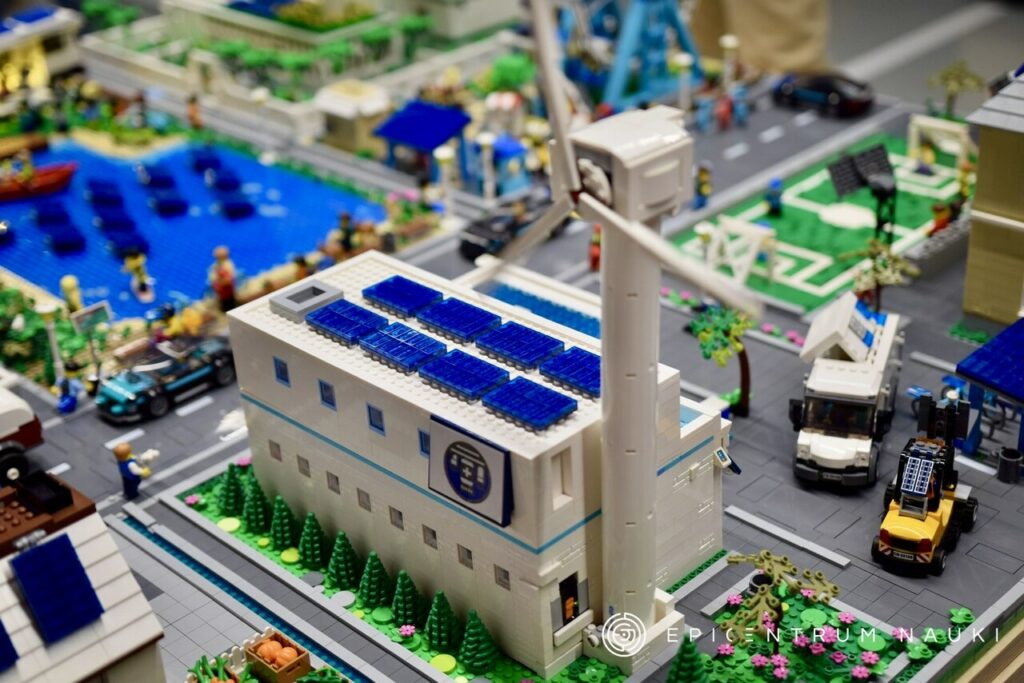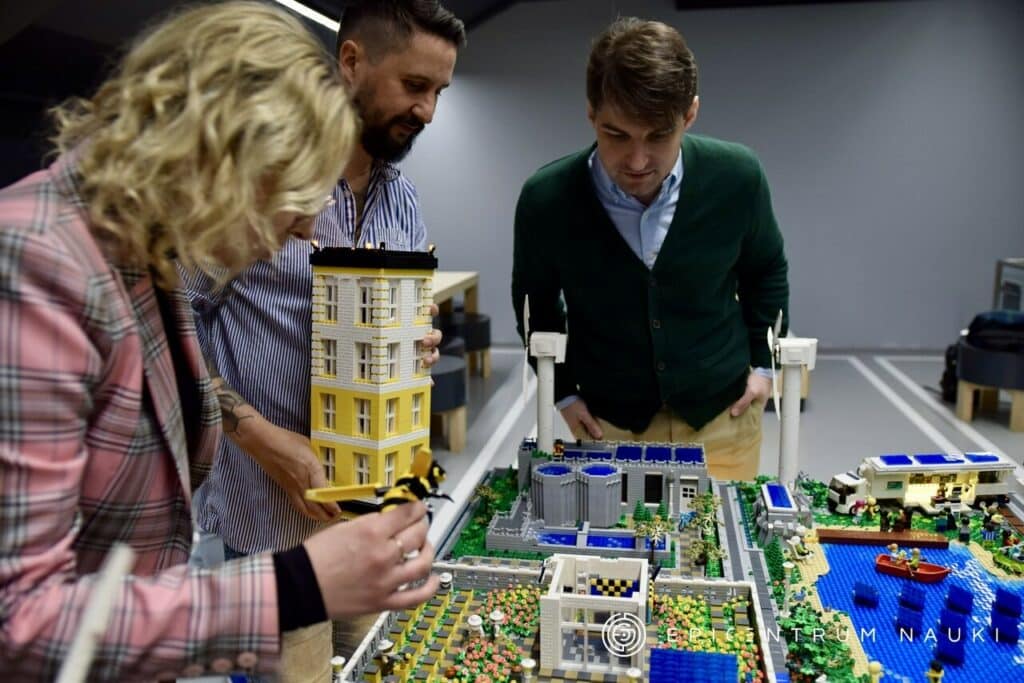If you are here to understand how a wind turbine for energy production works, we will help you as best as we can. We will go through what is hidden in the construction of a wind turbine. We will get to know the types of wind turbines responsible for the creation of wind energy. We will also learn about the construction of wind farms at Electrum and our largest wind farms.
People are looking for more and more information about the role wind turbines play in today’s energy mix. Looking at the data from the past year, it is no wonder that wind energy is attracting increasing interest.
According to a report prepared by the Global Wind Energy Council, “Global Wind Report 2024”, 2023 saw the highest number of new onshore turbine installations (a total of over 100 GW) and the second highest for offshore turbines (11 GW)! We have surpassed the symbolic milestone of 1 TW of installed capacity worldwide and, at the current pace, we expect to reach 2 TW before 2030. Wind turbines as a source of electricity will gain importance at a dizzying speed. It’s time to build power plants!
If you are interested in the wind farm construction service, check out: Wind farm construction

How a wind turbine works to produce wind energy
How is wind energy generated? Wind turbines convert wind into mechanical energy and then into electrical energy. This process begins with the rotor, which rotates under the influence of the wind. The mechanical energy generated in this way is then transferred to a wind generator, which converts it into electrical energy.
A key element in the efficiency of wind turbines are the turbine blades, which must be properly designed to make the most of the available wind.
Types of turbines can vary depending on the application, power, and design. The most common types of wind turbines are divided into vertical-axis and horizontal-axis turbines.
History of wind turbines
The history of wind turbines dates back to ancient times – the first windmills were used to grind grain and pump water. Modern turbines began to develop in the 20th century, evolving from small units on farms to large installations responsible for generating wind energy on a large scale.
The first wind turbine designed to generate electricity was built by Charles F. Brush in 1887 in Cleveland, Ohio, USA. This turbine was a huge, 18-meter windmill with wooden blades and had a power of 12 kW. It was the first attempt in history to use wind energy to produce electricity on a larger scale.
A more significant contribution to the development of technology was made by the turbine designed by the Danish inventor Poul la Cour in 1891. La Cour built several turbines in Denmark and conducted research on using wind energy to produce hydrogen, which was then used as an energy source. La Cour is considered one of the pioneers in wind technology.
The year 1941 is also important in the history of renewable wind energy. That year, the Smith-Putnam turbines with a capacity of 1.25 MW were built in the USA, which were the first wind turbines used on an industrial scale.
The development of technologies such as slow-speed turbines and medium-speed turbines or offshore turbines has significantly increased the efficiency of modern turbines.
Wind turbine components
When it comes to the construction of a wind turbine, we will focus on its most important elements. Among them are blades, rotor, tower, and nacelle.
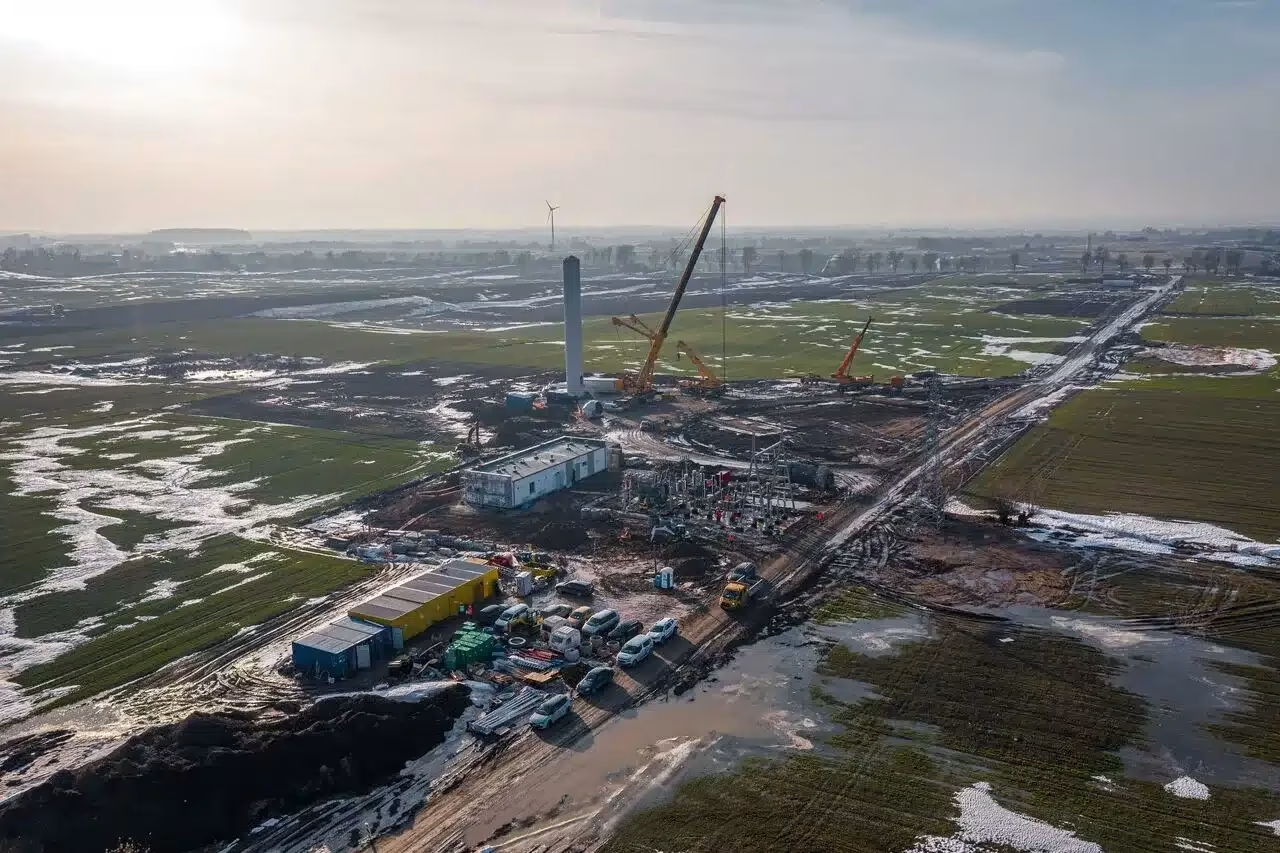
The nacelle is the housing that contains all the key mechanical and electrical components that are the “heart” of the wind turbine. These elements are essential for the proper functioning of the turbine and include:
- Wind generator with inverter, which converts mechanical energy into electrical energy.
- Cooling system including fans and liquid cooling systems, which ensure the proper operating temperature of the generator and other components.
- Control and monitoring systems, i.e., computers and electronic systems that manage the turbine’s operation, monitor its condition, and transmit data to the control center.
- Transformer, which converts the voltage generated by the generator into a voltage suitable for transmitting energy to the grid.
The rotor is the part of the turbine with blades responsible for capturing wind energy.
What supports the nacelle and rotor at the appropriate height, allowing for effective use of the wind, is the tower. The tower is placed on a properly prepared foundation.
The turbine blades can be set on two axes – the more common horizontal axis or the less common vertical axis.
Horizontal-axis wind turbines are more efficient in steady wind directions. They dominate large wind farms in open spaces.
In vertical-axis designs, the rotor blades rotate around a vertical axis, which allows better use of the wind regardless of its direction. An example of such a wind turbine is the Darrieus turbine. Vertical wind turbines are increasingly appearing in urban spaces due to their compact design.
Wind turbine foundation
The foundation of a wind turbine is the most important element for the stability of the entire structure. Foundations are adapted to the geological and load conditions of a given location. Concrete foundations are most commonly used, although in the case of offshore turbines, pile foundations are often used. Pile foundations consist of many vertical load-bearing elements (so-called piles) that are driven or drilled deep into the ground.
A proper foundation ensures the safety and durability of the turbine, which is crucial for the efficient operation of wind power plants.
Height of a wind turbine
The height of the turbine is another key factor affecting its efficiency. The highest wind turbines exceed 200 meters in height, allowing them to harness stronger and more stable winds, thus generating more energy.
In general, the higher, the stronger the wind. This phenomenon results from the fact that winds at higher altitudes are less affected by terrain, vegetation, and other obstacles. As a result, wind speed usually increases with height, improving the efficiency of wind turbines. The tallest wind turbines in Poland reach 210 meters, and the tallest wind turbines in the world are located in China. The record was broken there with a height of 280 meters!
The height of the turbine is selected according to the project’s specifications and local wind conditions.
Read also:
Energy That Blows: The Potential of Wind Farms in Poland
Small wind power plant projects / mini wind power plants
However, in a world where locality and local self-sufficiency are gaining importance, it is not only the tallest and largest wind installations that matter. It is the small wind power plants / mini wind power plants that are gaining popularity as a way to produce renewable energy on a local scale. Small wind power plant projects can be implemented in various locations. Small-scale wind energy is associated with technologies such as H-type turbines and innovative aeromine turbines.
Construction of a wind turbine blade
Returning to the universal components of the turbine – another element of this puzzle is the turbine blades. Made of lightweight and durable composite materials, they must have the appropriate aerodynamic profile to make the most of wind energy. Turbine blades (also known as rotor blades) are designed to minimize air resistance and maximize the rotor’s rotational speed.
The blade manufacturing process is complex and involves advanced technologies that allow manufacturers to ensure their durability and reliability. Each blade undergoes rigorous quality testing, including strength and fatigue tests, to ensure that it will perform well for years in harsh weather conditions and be resistant to turbine damage. This process is monitored at every stage, and modern technologies – such as structural analysis and computer simulations – are used to optimize designs and improve rotor blade performance.
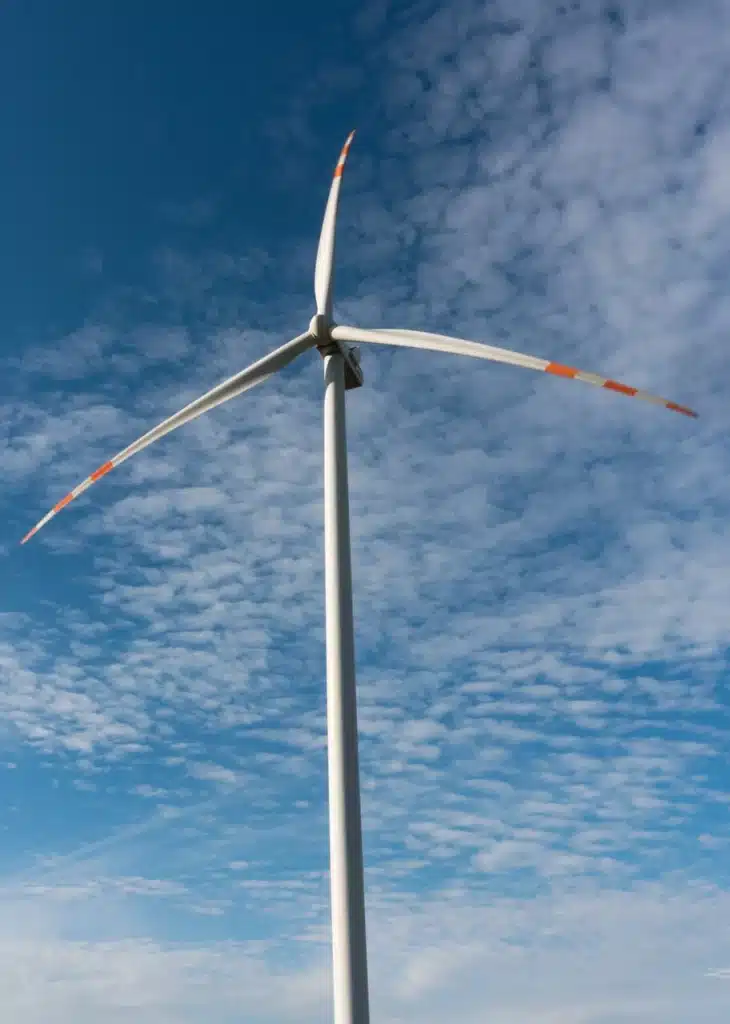
Wind turbine tower
The tower is the supporting structure of the turbine, holding the nacelle and rotor at the appropriate height. In onshore applications, it is usually made of steel. Concrete towers are often used in larger turbines (especially for offshore wind power plants) due to their high strength and stability. The tower must withstand loads from wind force, water force (offshore wind power plants), and the weight of the structure. There are different types of towers, including tubular and lattice towers, which are selected based on the project’s specifics and terrain conditions.
Wind turbine inverter
An inverter, also known as a converter, is an electronic device that converts direct current (DC) to alternating current (AC). Without an inverter, the energy generated by the turbine would be of little use to us. This is because it is generated in the form of direct current, while most power systems and devices operate on alternating current. The inverter allows the conversion of this energy into a form suitable for the power grid and for households and industry. Modern inverters can be equipped with advanced control and monitoring systems that optimize the conversion process and increase system efficiency. In the case of renewable wind energy, a converter is another term for an inverter.
Wind turbine blades
Blades are another term for rotor blades. They are crucial for the efficiency of wind turbines and the generation of renewable wind energy.
Discover: What’s inside a wind turbine?
How do we build wind turbines at Electrum?
A wind power plant consists of turbines, converter and transformer systems that enable power transmission to the grid, and supporting infrastructure such as access roads and service stations.
At Electrum, we primarily bring large wind installations to life. One of them is the Potęgowo wind farm.
The Potęgowo wind farm consists of 81 turbines, which allow for the generation of 219 MW of power! It is the largest onshore wind power plant in Poland and one of the largest in Europe. It is estimated to help avoid the emission of 514,000 tons of carbon dioxide annually.
Also read: Potęgowo Wind Farm Serviced by Electrum
At Electrum, building a wind power plant involves respecting the lives of animals and local communities. When placing the turbines in Potęgowo, we carefully analyzed the migration routes and grouping, feeding, and nesting areas of birds to avoid interfering with them. Additionally, we ensured that the noise levels in any nearby towns did not exceed permissible norms.
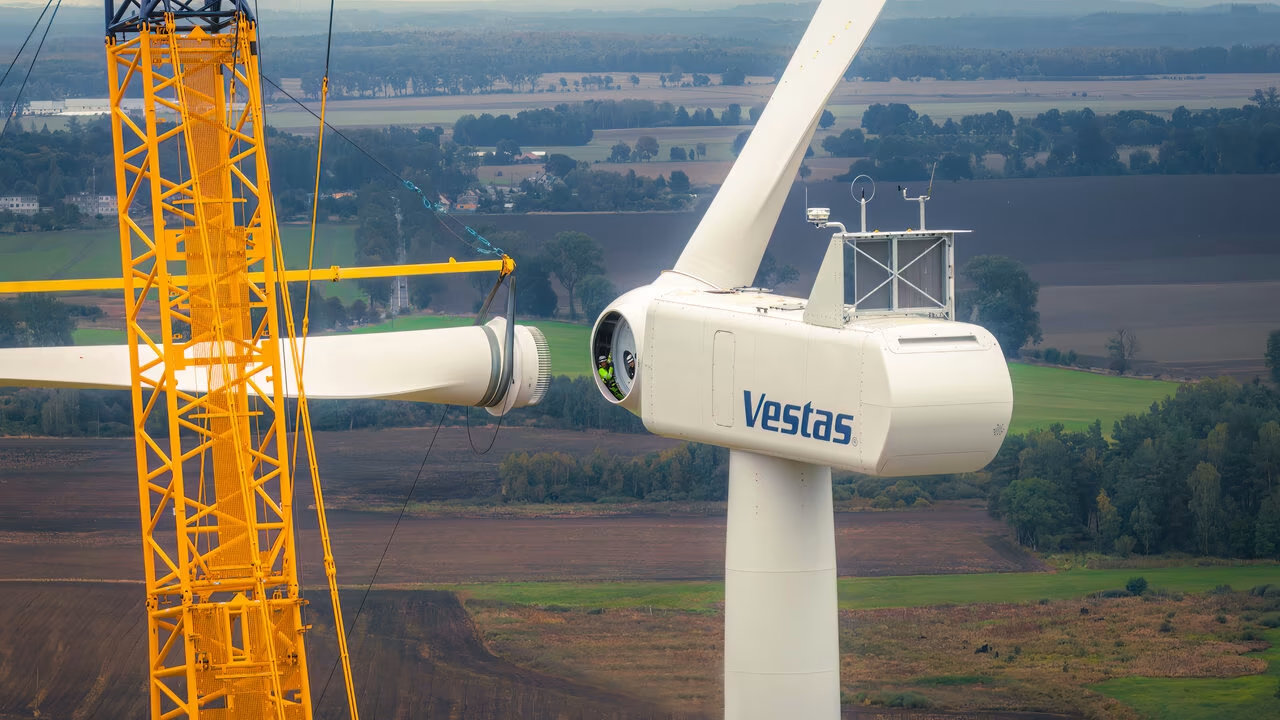
How is a wind turbine installed?
The installation of a wind turbine begins with site preparation and the construction of solid foundations. In the next stage, we transport and assemble the individual components such as tower segments, nacelle, and turbine rotor.
The tower is erected segment by segment. Next, the nacelle is mounted on top. The rotor blades are precisely attached to the hub, and the entire structure is connected to the power grid.
Each element is thoroughly tested to ensure proper operation and maximum efficiency. The process requires advanced equipment and the cooperation of many specialists. After the installation is completed, the turbine is commissioned and calibrated before being put into operation.
What is involved in servicing wind turbines?
Servicing involves regular inspections, maintenance, and repairs to ensure the proper operation of wind power plants. Servicing is crucial for optimizing efficiency and extending the lifespan – in other words, minimizing downtime and maximizing energy production for as long as possible.
Read more at: Wind turbine maintenance
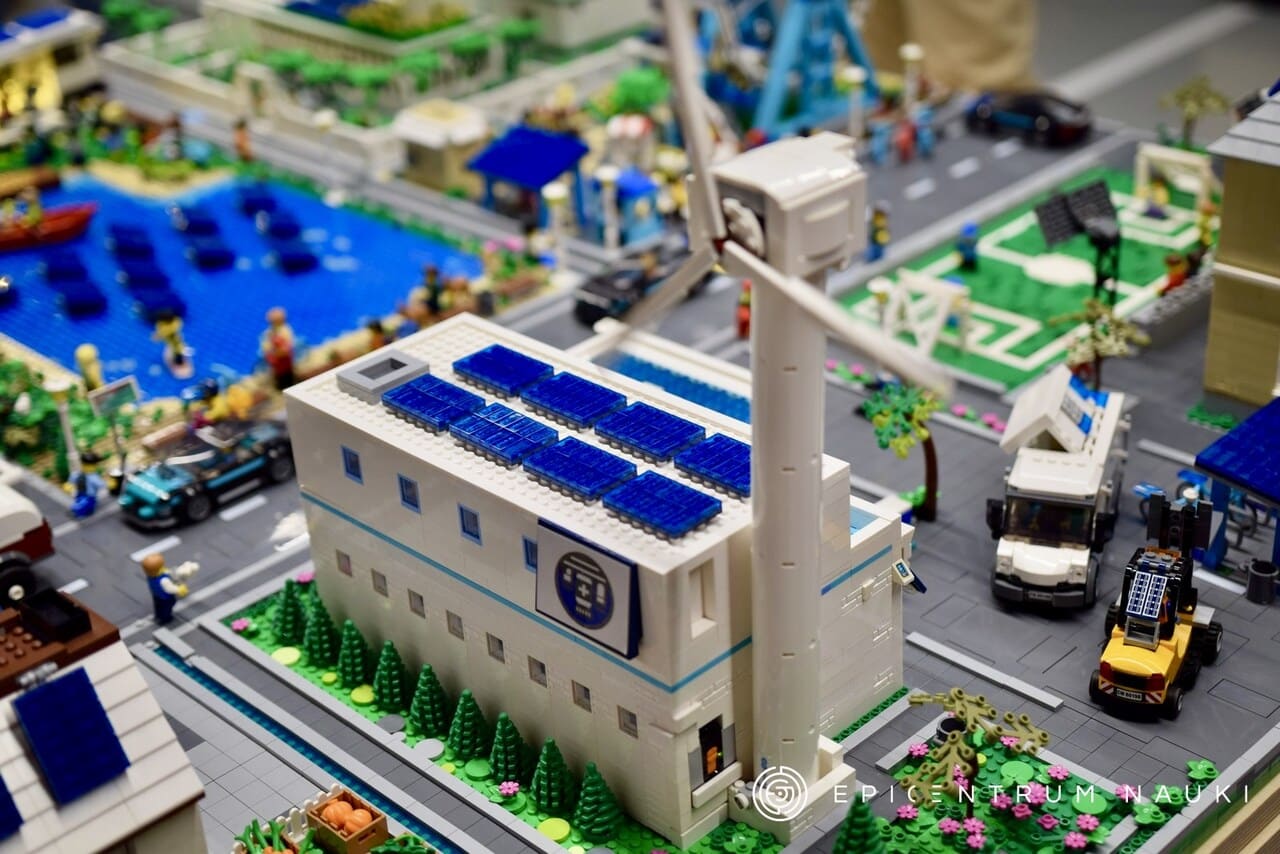
 Download the press note
Download the press note

